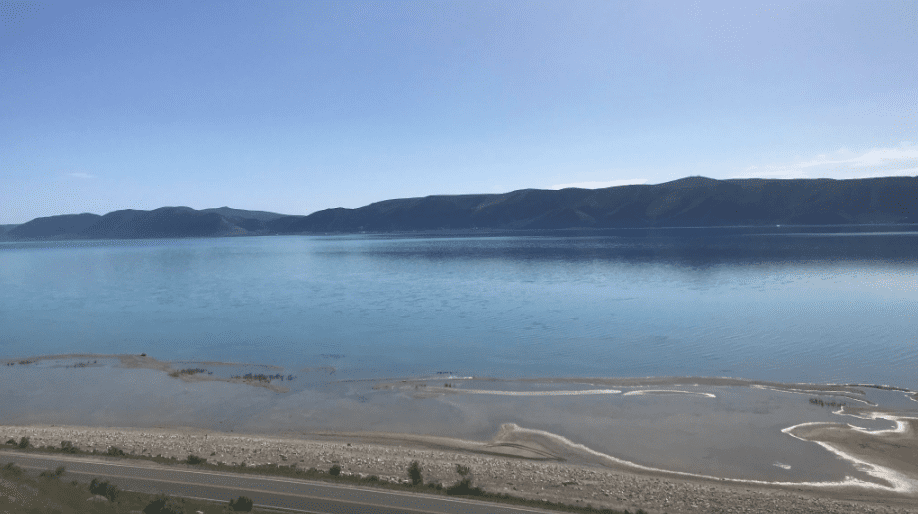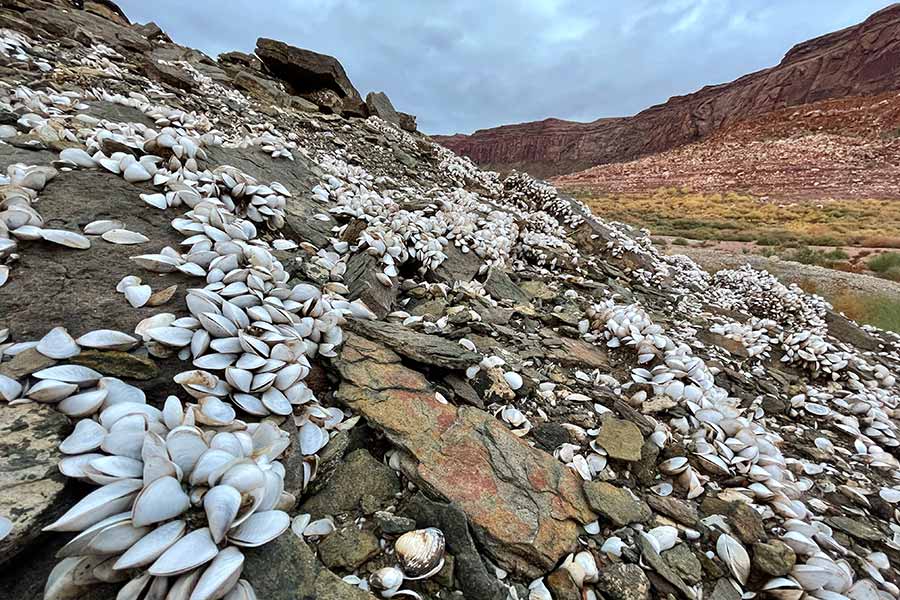Wildlife
New study reveals Bear Lake is critical to the local economy and ecosystem

During the summer of 2021, Bear Lake visitors spent approximately $48 million in the region over more than an estimated one million days and nights of visitation. Photo: Bear Lake State Park.
RICH COUNTY, Utah. – While many Utahns would refer to Bear Lake as a summer travel destination, a new study shows that besides being a vacation spot for millions of visitors, Bear Lake is also critical to the local economy and ecosystem.
In order to identify Bear Lake’s contributions to the economy, a diverse group of lakeside property owners, business owners, government officials and local planners in the Bear Lake area, decided to commission a study.
“Every year, we see that more and more people are finding Bear Lake is a great place to recreate,” said Richard Droesbeck, park manager at Bear Lake state park. “In order for visitors to have a good time, the lake needs to stay healthy.”
In addition to their curiosity, the group also decided to commission the study in order to ensure a sustainable economic future for the Bear Lake region, as understanding the regional economic contributions of Bear Lake is important for policies. The future of Bear Lake is heavily dependent on maintaining healthy water quantity and quality, attributes currently at risk given the current historic drought and ever-in-creasing pressures on water demand in the arid Intermountain West.
“Local spending by the numerous visitors and part-time residents attracted to Bear Lake has become the primary economic engine for the region,” said Evan Hjerpe, Ph.D., director of Conservation Economics Institute, which completed the study. “[This spending] is providing for sustainable economic development in a rural area with limited economic development opportunities.”
During the summer of 2021, Bear Lake visitors spent approximately $48 million in the region over more than an estimated one million days and nights of visitation. Their spending was directly responsible for 450 full and part-time jobs in the surrounding area.
One of the most significant factors was the amount spent on lodging, accounting for the greatest spending compared to boat rentals and restaurants. Although the study found that Rich County has experienced net out-migration since 2010, about 20% of visitors surveyed either lived in the Bear Lake region full time or owned or had access to a second home in the area. In 2019, nearly 80% of homes in Rich County were seasonal homes.
Ecosystem services provided by Bear Lake also result in marketable and unmarketable values. PacifiCorp manages nearly 1.5 million acre feet of water stored in the lake, distributing it in the summer according to agreements with a host of water users for flood control, irrigation and power generation. The Bear Lake Wildlife Refuge and Bear Lake itself are home to more than 150 species of migratory birds, as well as endemic and other fish, big game and small wildlife. The study estimates the public would be willing to pay hundreds of millions of dollars to preserve water quantities and qualities in Bear Lake.
For those seeking additional information, please contact Lara Gale, larag@brag.utah.gov, with Bear River Association of Governments.


















